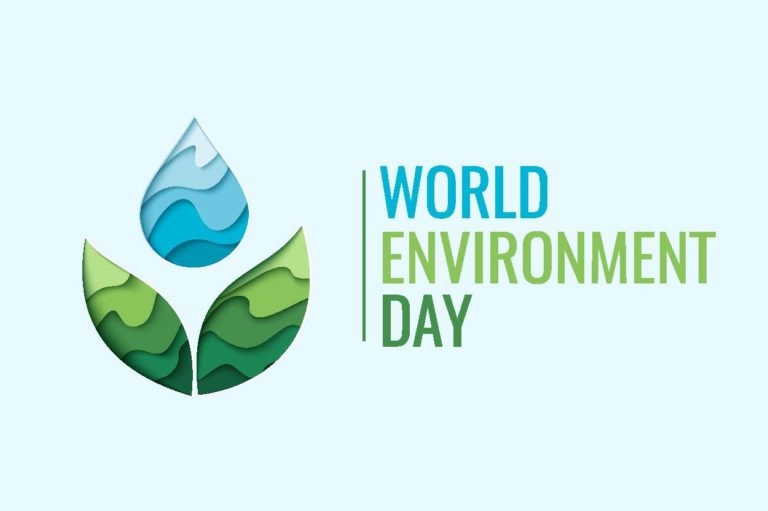What is World Environment Day?
World Environment Day was established by the United Nations General Assembly in 1972 and is celebrated annually on June 5th. This is their approach for encouraging awareness and action for the protection of the environment. This year the South Asian country Pakistan will host World Environment Day 2021. The theme for this year will be ecosystem restoration, with a special focus on creating a positive relationship with nature.
What is Environmental Science?
Environmental science is an interdisciplinary academic field that integrates physical, biological and information sciences to the study of the environment, and the solution of environmental problems. Environmental science brings together the fields of ecology, biology, zoology, oceanography, atmospheric science, soil science, geology, chemistry and more in an interdisciplinary study of how natural and man-made processes interact with one another and ultimately affect the various biomes of Earth (EnvironmentalScience.org, 2021).
What Does Environmental Science Teach Students?
Students acquire an appreciation and awareness about how what we do affects our environment. They also learn how to make small changes that make a large difference. They practice how to be mindful of the environment. They also learn how to influence others’ practices and increase cognizance of the factors in our environment.
Students learn about fossil fuels as the basis for understanding issues of global climate and pollution. They learn about renewable, nonrenewable, and perennial resources through case studies. They examine soil, water, timber, and mineral resource issues and conduct a field study on water resources.
When you study environmental science, you commit to learning about subjects like the understanding of earth processes, evaluating alternative energy sources, the effects of climate change, and controlling pollution.
It is vital for students to study environmental science because everyone is affected by the environment in many ways. From our food supply to weather, there are so many important reasons to study how the environment is changed by our daily living practices. More awareness will have a positive impact on our communities that in turn change our world. Our young people have power to make a difference with the many facets of preserving our environment.
Classroom Activities that Celebrate World Environment Day
- View a series of videos explaining what World Environment Day is and all it entails. The videos can be found on such sites as Discovery Education and HISTORY Education, and Newsela is a program that contains a vast array of articles on environmental topics also. Flocabulary is a fun website that contains rap songs about all of the subjects and areas such as global warming, endangered species, and recycling.
- Research endangered species that are negatively impacted by the environment and reach out to organizations on ways students can get involved in preserving the species. These activities may foster a lifelong love of the environment and endangered species.
- Conduct activities such as a community clean-up. There are so many benefits to these types of “hands-on” activities. Students’ awareness and interests increase as they are helping the environment. Classrooms that have in-person learning can set a date and have parents help with these activities. Virtual students can do something at their home or another area in the community such as a church, park, or civic area. Students remember what they “do.”
- Break down some of the larger aspects of environmentalism into categories such as global warming. Students may research the topic and present their facts in PowerPoint presentations, Google Slides, or Prezi. They will discover ways to help make a positive difference in their homes, at school, and in the communities. Teachers include virtual students in this assignment by incorporating Google Meet or Zoom times for all students to view themselves and fellow classmates.
- Students adopt a project where they decide what area they want to focus on, they have to have a checklist of ideas, timeline, and a plan of action on how they will complete the activities to help the environment.
- Participate in a recycling drive in the classroom, and virtual students may have specific drop off times. The teacher or another designee can take the recycling bins to drop off locations items.
- Make art projects from recycled items or items that can be reused. Most students enjoy art projects, and this activity can be expanded to include virtual and in-person students. The teachers can have a small classroom museum to display the art projects.




